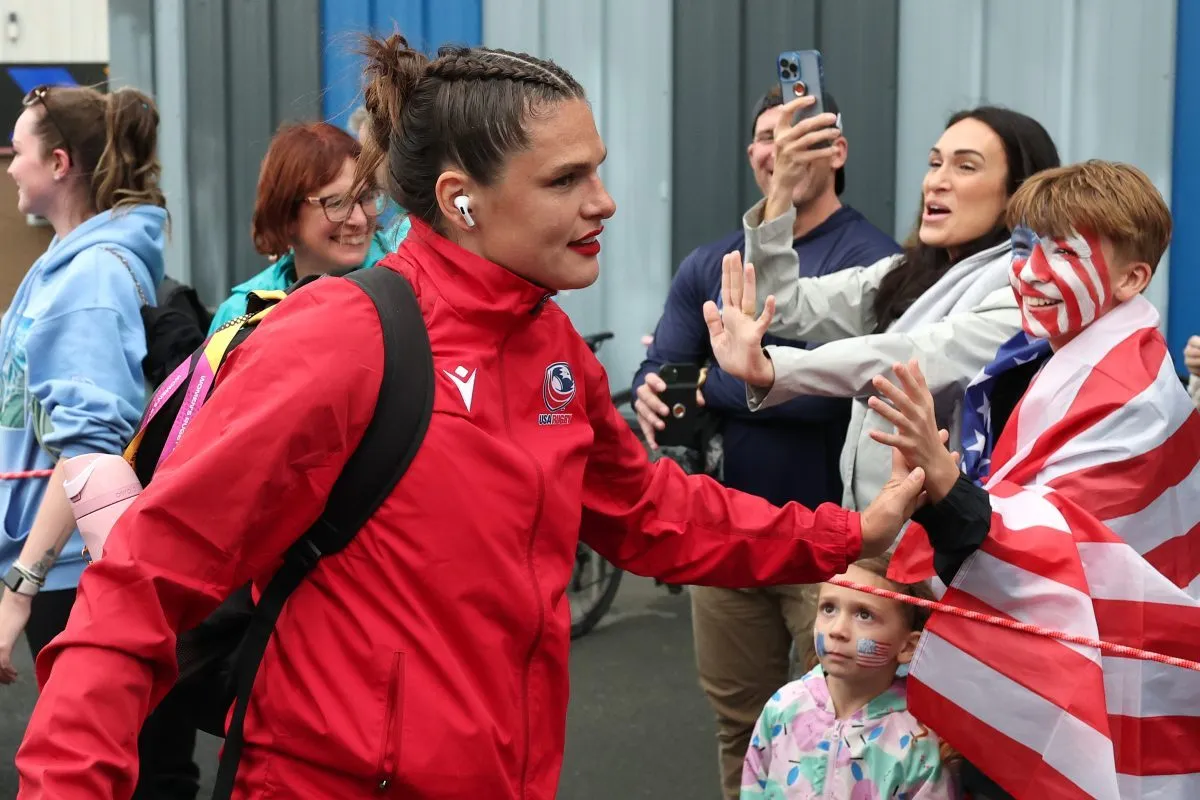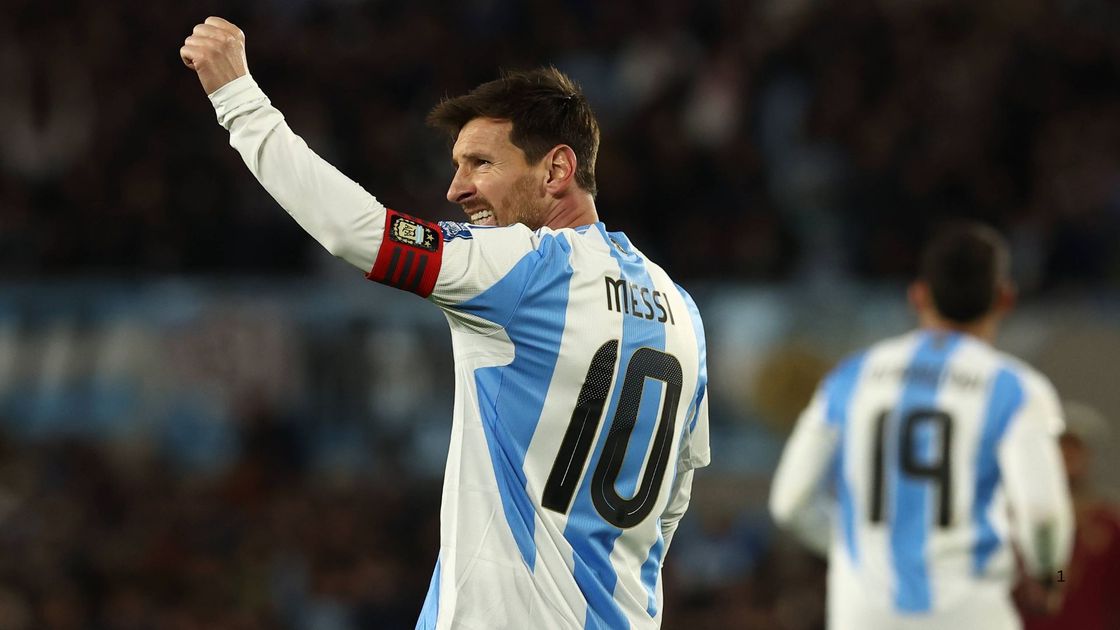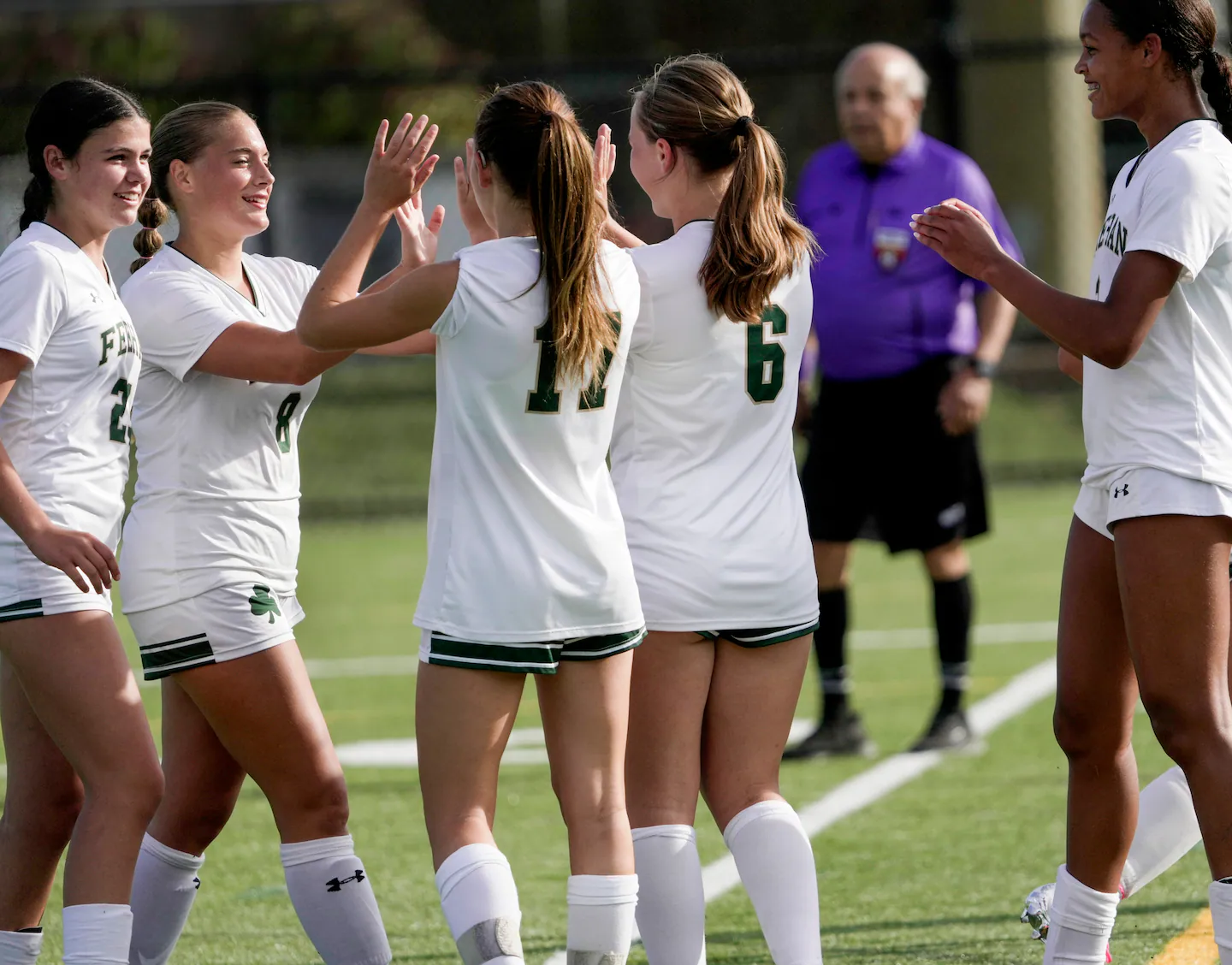By Ollie Phillips
Copyright cityam

Much has been said about USA rugby player Ilona Maher’s potential move to wrestling and the WWE, and she herself has mentioned how she’d like to follow in the footsteps of people like The Rock in going from sport and entertainment into acting.
The confidence of the most followed rugby player in the world is infectious, and there’s no reason why she cannot follow that dream. She has put herself on a pedestal and earned the right to shout about her talents.
She’s the epitome of what the Women’s Rugby World Cup has been about and she represents a key lesson the game needs to take away from this tournament.
The sport needs crossover athletes like Maher, who transcend the game, to spread the word about rugby; players who can bust a move on TikTok, rip it up on the field and then salsa on Dancing with the Stars.
The sport must, therefore, invest in the likes of England’s Ellie Kildunne, 18-year-old Black Fern Braxton Sorensen-McGee and Springbok Aphiwe Ngwevu to develop a cohort of players who can sell the game in an ambassadorial role.
Maher impact
Beyond players, I would like to see World Rugby target emerging markets. And by that I don’t mean the Pacific Islands or – in the women’s game – South Africa, but China, India and South America.
It is all well and good looking at the likes of Canada and the United States but looking East, where the men’s game isn’t fully up and running yet outside of Japan – Hong Kong qualified for their first men’s World Cup earlier this year – can create an opportunity to jump start a generation of fans.
It is thought that a number of nations – such as Saudi Arabia – would prefer to target a professional women’s team than a men’s one because of the timeframes involved. Getting a men’s side up to speed is a long-term project, but the women’s game is still developing.
If this is the case then there are so many growth opportunities that the game simply must exploit.
The third opening, after player awareness and emerging markets, relates to sponsorships.
This Women’s Rugby World Cup has seen partnerships not present in the men’s game – including a Red Roses collaboration with Barbie – and that’s incredibly exciting.
I have long held the view that the women’s game shouldn’t mimic the men’s game just for the sake of it – whether that be the Six Nations, British and Irish Lions or domestic leagues. The women’s game should forge its own path and these personalised brand deals could, and should, be at the forefront of that.
Warning signs
I have really enjoyed the Women’s Rugby World Cup, despite the majority of the matches being pretty one-sided. But this weekend, with the Black Ferns, Canada, France and England in the mix at Bristol’s Ashton Game, it suddenly gets really interesting.
England remain the favourites but have shown some fragilities, albeit minor. A victory for the Red Roses could see a Lionesses moment for rugby in the UK, and that could propel the sport commercially into another stratosphere.
But there are warning signs from women’s football that rugby must be aware of: despite going on to win a second consecutive Euros in the summer, attendances in the Women’s Super League dropped last season and this year’s opening weekends saw lower crowd figures in comparison to other opening weekends.
A little bit like London 2012, the Women’s Rugby World Cup can inspire a generation of sports players and fans – but England and the wider game need to have plans in place to make sure they get it right. Because blowing the opportunity this tournament presents simply cannot happen.
Former England Sevens captain Ollie Phillips is the founder of Optimist Performance. Follow Ollie @OlliePhillips11



